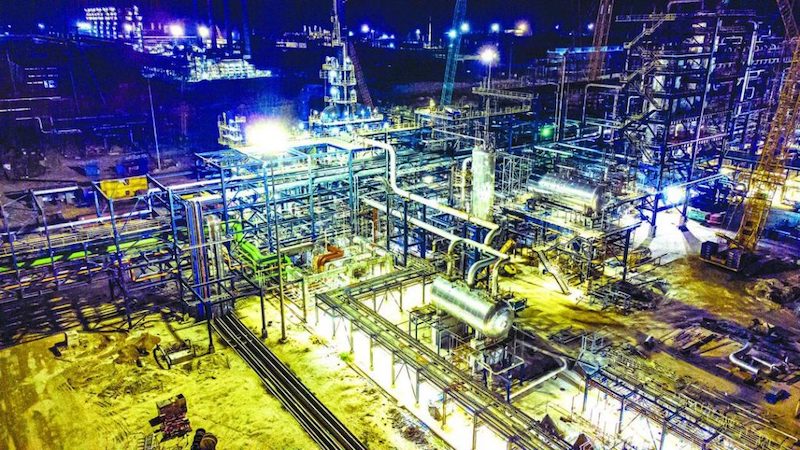The Central Bank of Nigeria (CBN) has implemented the 100-for-100 Policy on Production and Productivity (PPP) to stimulate investments in the country’s manufacturing sector.
The main objective of this policy is to boost production and productivity in order to transform and enhance Nigeria’s economic base.
The ultimate goal is to reduce reliance on imports, increase domestic production, attract financial flows and investments to businesses capable of driving sustainable economic growth, accelerate structural transformation, promote diversification, and improve overall productivity.
As per the disclosure made by the CBN Governor, Godwin Emefiele, during the Monetary Policy Committee meeting in Abuja, the bank has disbursed a total of N173.31 billion under the 100-for-100 Policy on Production and Productivity.
Out of this amount, N13.81 billion has been disbursed to three projects in the manufacturing sector. In total, 81 projects have received funding through this initiative, including 45 manufacturing projects, 23 agriculture projects, five healthcare projects, and eight services sector projects. It is estimated that these projects have created approximately 23,343 direct jobs.
The guidelines for the implementation of the initiative specify that the maximum loan amount a participant can receive is N5 billion.
The initiative aims to select 100 private sector companies with projects that have the potential to significantly increase domestic production and productivity, reduce imports, boost non-oil exports, and enhance Nigeria’s foreign exchange generation capacity.
The initiative operates on a quarterly basis, with a new set of companies selected for financing every 100 days.
The Central Bank of Nigeria has emphasized that the implementation of the initiative will involve collaboration with relevant stakeholders.
The focus will be on assessing the micro and macroeconomic impacts of the funded projects, including their contributions to GDP, exports, job creation, local content development, production output, capacity utilization, and integration into the global value chain.






Comments 1